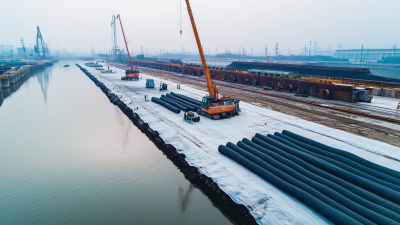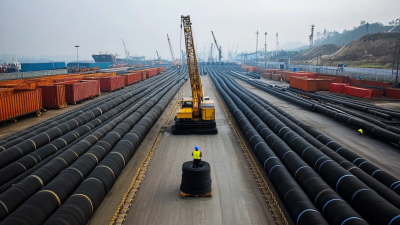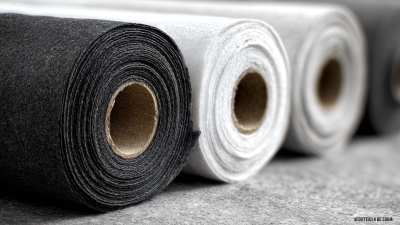Inquiry
Form loading...
- Phone
- E-mail
In the world of landscaping, effective water management is crucial for maintaining healthy and thriving outdoor spaces. Geotextile Drainage Fabric plays a significant role in this essential process, offering both functionality and longevity. According to a report by the Geosynthetic Materials Association, the global geotextile market is projected to reach $12.5 billion by 2027, driven by increasing demand in construction and environmental applications. This specialized fabric not only facilitates adequate drainage but also helps prevent soil erosion, improve stability, and enhance the aesthetic appeal of landscapes. As landscaping professionals and homeowners alike seek sustainable and efficient solutions, understanding the various types and applications of Geotextile Drainage Fabric becomes vital for making informed decisions that meet specific landscaping needs.
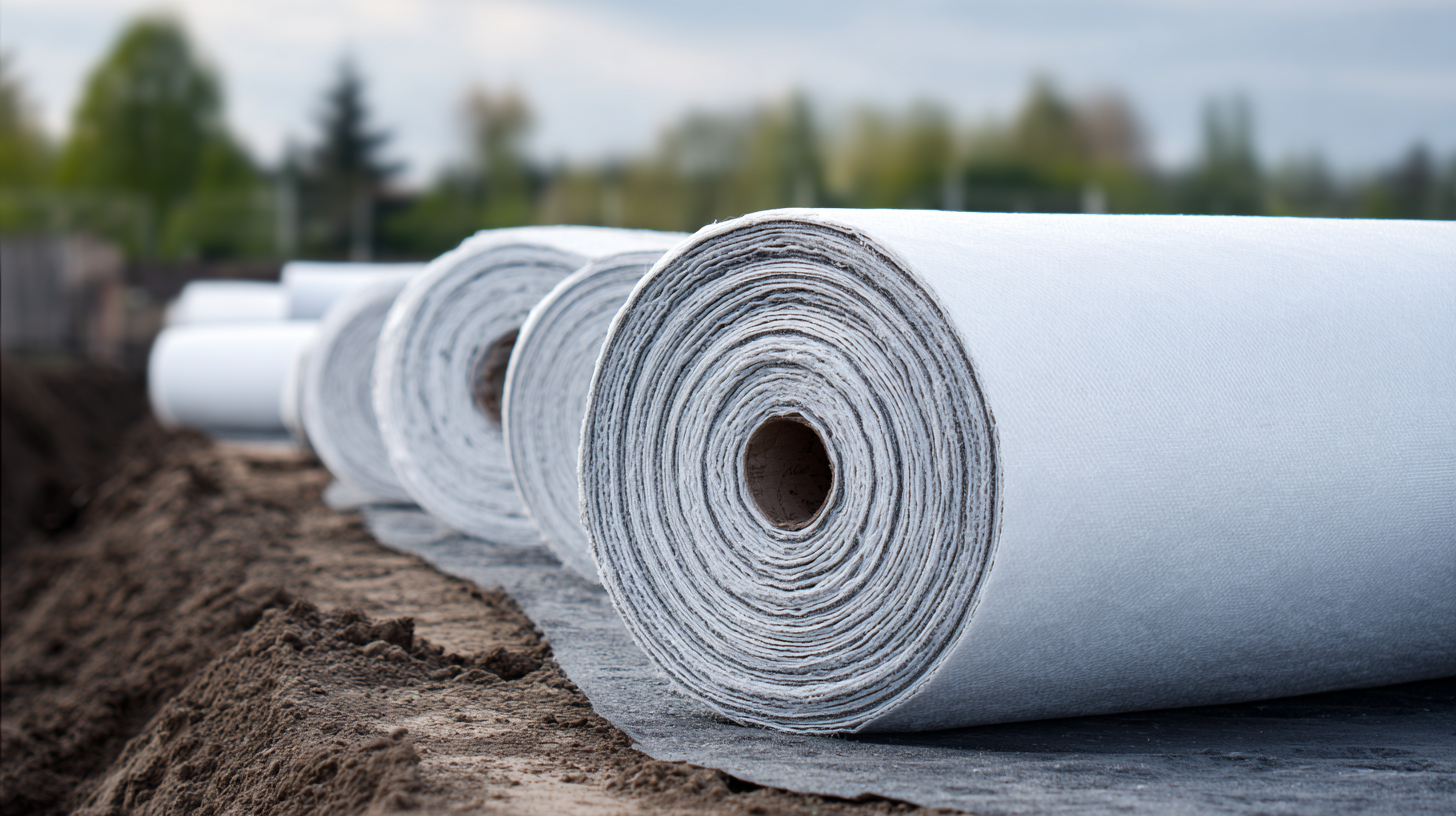
When it comes to selecting the right geotextile drainage fabric for your landscaping projects, understanding your drainage needs is crucial. The first step is to assess the specific areas of your landscape where water tends to accumulate. This might include low spots in your yard, areas near flower beds, or regions adjacent to hardscapes. Analyzing these areas will help you determine whether you require a permeable fabric, which allows water to flow through while retaining soil, or a non-permeable option that manages water runoff.
Additionally, consider the type of plants and built structures in your landscape. Different plants have varying moisture requirements, and the drainage fabric you choose should align with these needs to prevent waterlogging or dry conditions. Incorporating geotextiles also aids in soil stabilization and weed control, which can enhance the overall health of your landscaping. By clearly identifying your drainage requirements, you can select a fabric that not only addresses water management but also supports the longevity and beauty of your outdoor spaces.
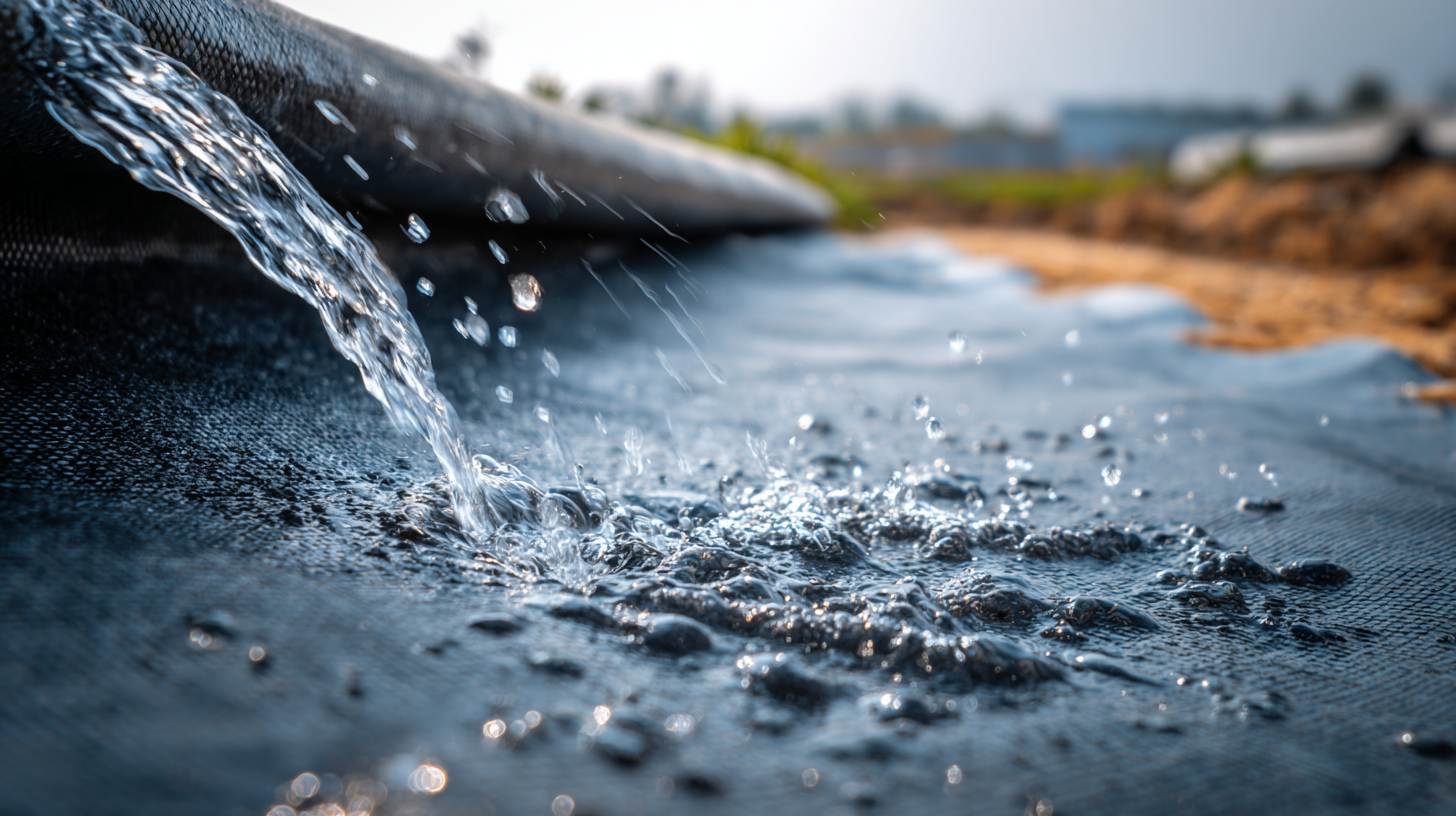
When choosing geotextile drainage fabric for landscaping, it’s essential to understand the different types of fabrics available, as each serves unique purposes. There are generally two main categories of geotextiles: woven and non-woven fabrics. Woven geotextiles, made from interlaced fibers, are known for their strength and durability. They are ideal for applications requiring high tensile strength, such as erosion control or reinforcement in soil stabilization projects.
On the other hand, non-woven geotextiles are produced by bonding fibers together, which results in a fabric that is highly permeable. These fabrics are primarily used for drainage applications, allowing water to pass through while filtering out soil particles. This makes non-woven fabrics perfect for applications such as landscape drainage systems and under pavers. Understanding these differences is crucial in selecting the right geotextile fabric that meets specific landscaping needs, ensuring optimal performance and longevity in various environments.
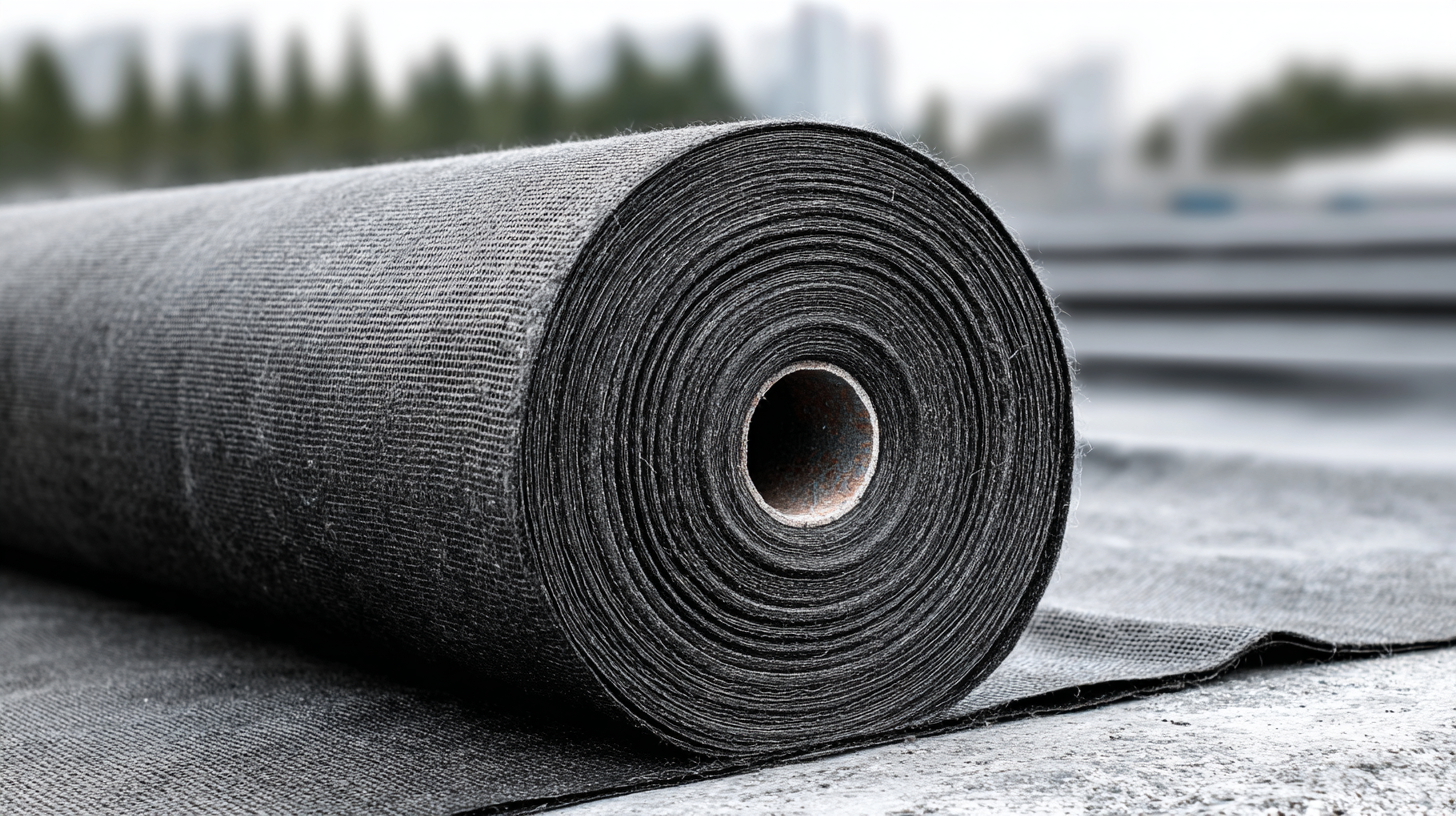 When choosing geotextile drainage fabric for landscaping needs, several key factors must be considered to ensure optimal performance and longevity. One of the primary considerations is the material composition, as geotextiles can be made from synthetic or biodegradable materials. Synthetic geotextiles have robust durability and are widely used in applications like soft foundation reinforcement and slope protection. In contrast, biodegradable options are gaining popularity due to their environmental benefits, particularly in projects that prioritize sustainability.
When choosing geotextile drainage fabric for landscaping needs, several key factors must be considered to ensure optimal performance and longevity. One of the primary considerations is the material composition, as geotextiles can be made from synthetic or biodegradable materials. Synthetic geotextiles have robust durability and are widely used in applications like soft foundation reinforcement and slope protection. In contrast, biodegradable options are gaining popularity due to their environmental benefits, particularly in projects that prioritize sustainability.
Another important factor is the type of geotextile structure, which typically falls into two categories: woven and non-woven. Woven geotextiles provide excellent tensile strength, making them suitable for applications that require heavy load support. Non-woven geotextiles, on the other hand, offer superior drainage and filtration properties, which are crucial for maintaining healthy landscaping by preventing waterlogging and promoting proper drainage. According to industry reports, the use of geotextiles in environmental engineering has shown significant growth, reflecting the increasing recognition of their effectiveness in various landscaping and construction projects. This trend underscores the importance of selecting the appropriate type of geotextile based on specific landscaping needs and environmental conditions.
When it comes to effective drainage in landscaping, properly installing geotextile fabric is crucial. Geotextile materials are designed to prevent soil erosion while allowing for water drainage, making them an ideal choice for managing excess moisture in garden areas. To achieve optimal results, it is essential to start with appropriate site preparation. This includes clearing the area of debris, leveling the ground, and ensuring the surface is compacted. Such groundwork not only enhances the fabric's performance but also prolongs its lifespan.
Once the site is ready, lay the geotextile fabric down, overlapping edges by at least 12 inches to prevent soil infiltration. Secure the fabric in place with stakes or pins, particularly in windy areas or where water flow might displace it. If additional drainage systems, like soakaways, are needed, ensure they are integrated correctly with the fabric to facilitate a seamless flow of water away from critical landscaped areas. Following these steps will help establish a robust drainage system, keeping your landscape in prime condition and mitigating potential issues like standing water, which can lead to extensive damage and increased maintenance.
Proper maintenance is essential for ensuring the longevity of your geotextile drainage solutions. Regular inspection is key; check for any signs of clogging or sediment buildup that could impede water flow. It’s advisable to clear any debris from the fabric’s surface, as this helps in maintaining its drainage capabilities. Additionally, consider periodic washing with water to remove accumulated dirt and maintain optimal function.
Another important aspect of maintenance involves monitoring the surrounding landscape for changes that might affect drainage performance. Over time, plant roots can infiltrate the fabric, reducing its effectiveness. Trim back any vegetation and be vigilant for signs of erosion around the installation. If you notice any areas where the geotextile has been exposed or damaged, promptly repair or replace those sections to prevent further degradation. Adopting these maintenance practices will help extend the lifespan of your geotextile drainage fabric, ensuring that your landscaping remains healthy and functional.
| Feature | Description | Maintenance Tips | Lifespan |
|---|---|---|---|
| Material Type | Polyester, Polypropylene | Regularly inspect for tears and damage. | 5-25 years depending on exposure |
| Weight | Lightweight (3 oz/yd²) to Heavyweight (16 oz/yd²) | Ensure proper installation to prevent shifting. | Varies based on the type |
| Permeability | Allows water to pass through while filtering soil | Keep surrounding area clear of debris. | High permeability ensures longevity |
| UV Resistance | Some fabrics treated for UV resistance | Cover fabric if prolonged exposure to sunlight is expected. | Extended longevity with UV resistant options |
| Applications | Drainage, erosion control, landscaping | Periodically check for effectiveness in drainage. | Up to 20 years based on application |


